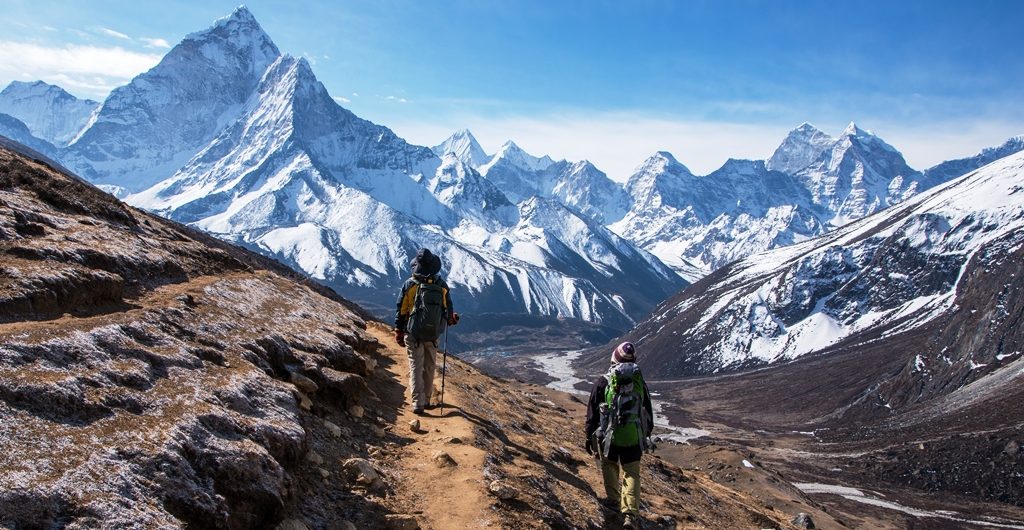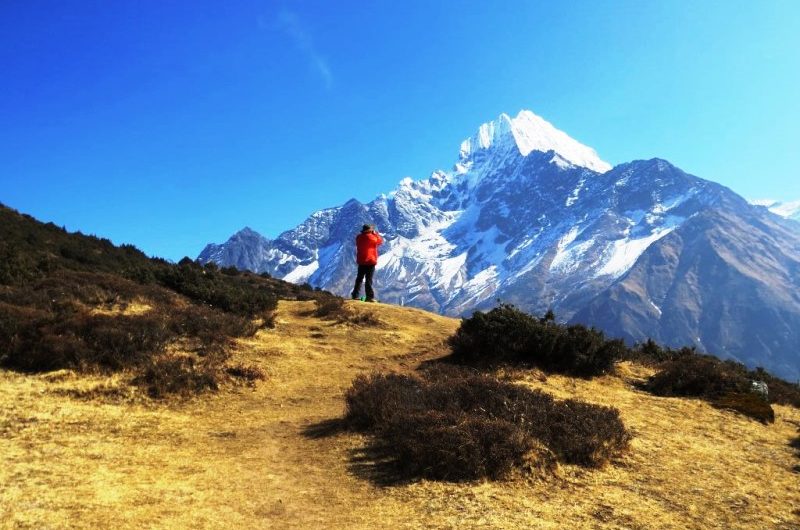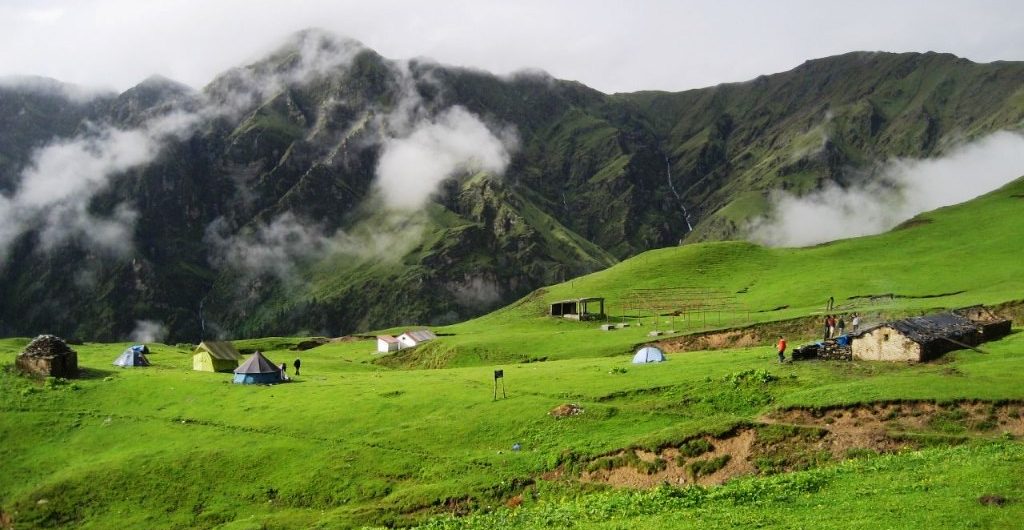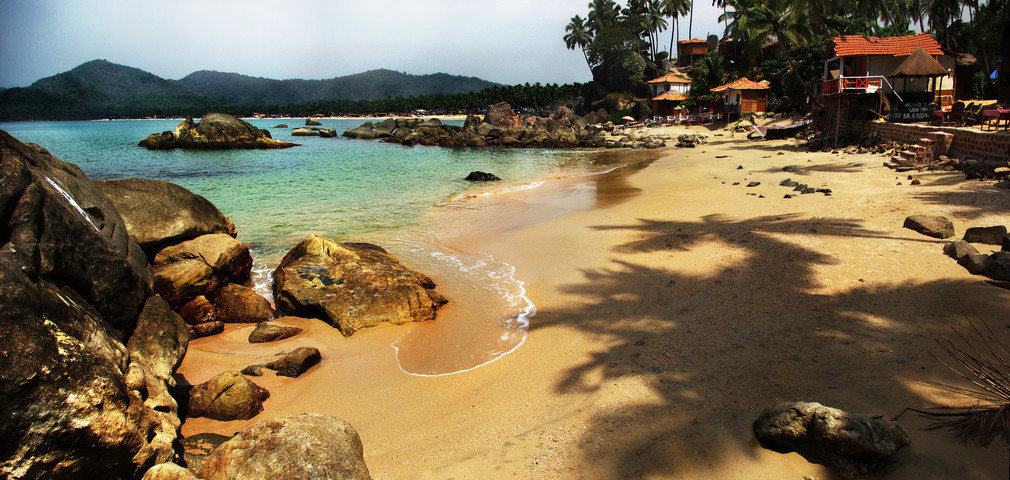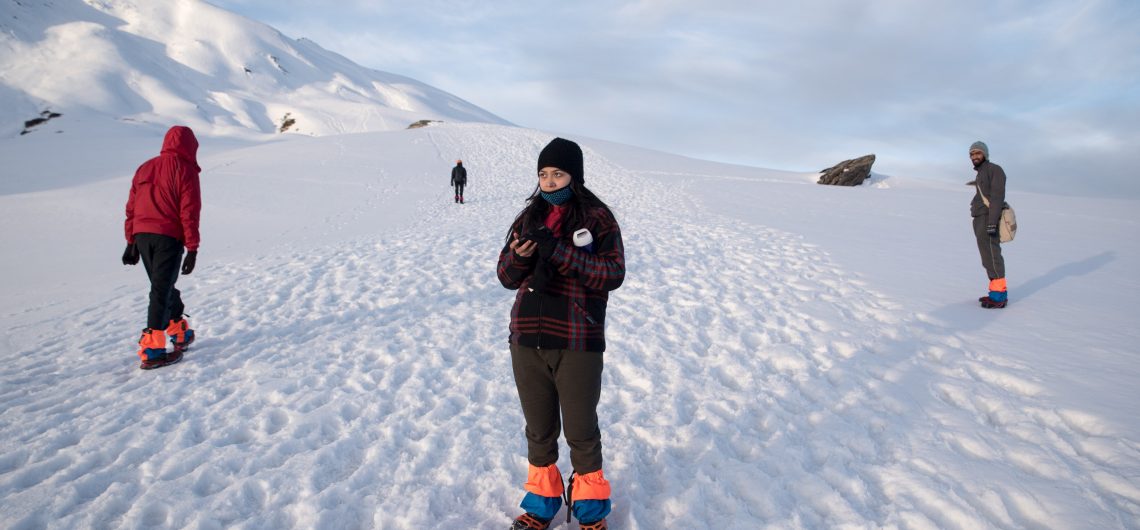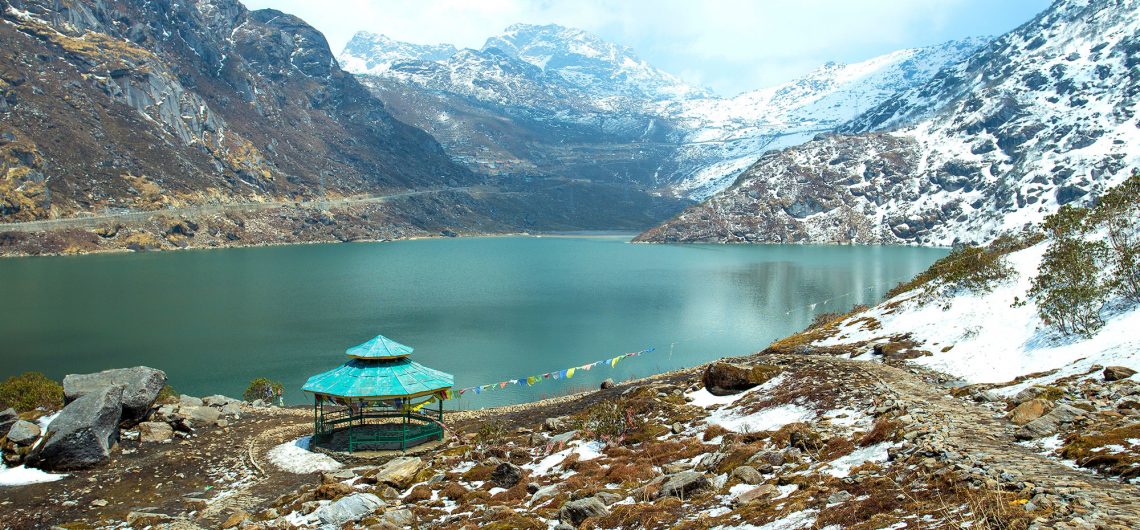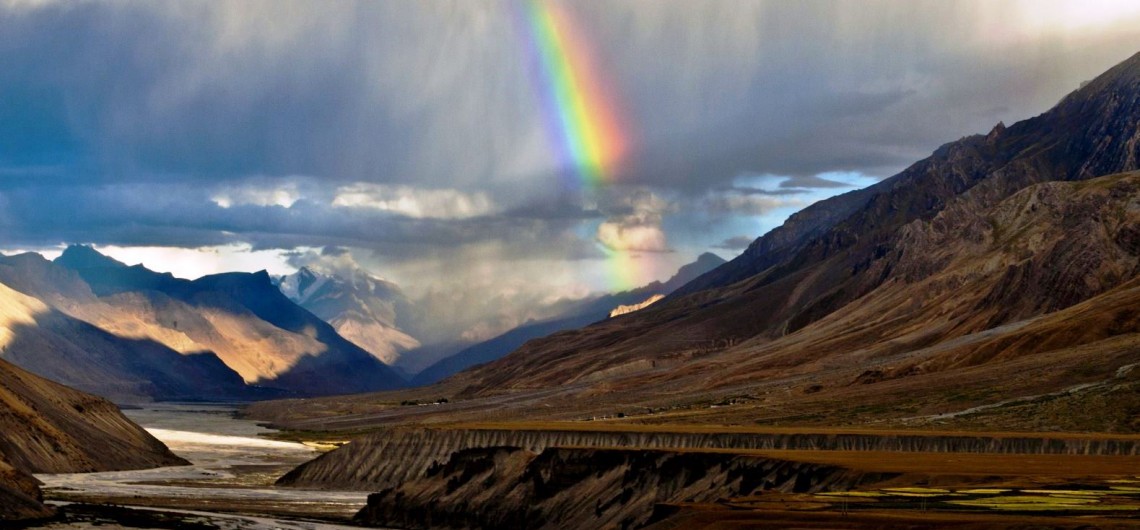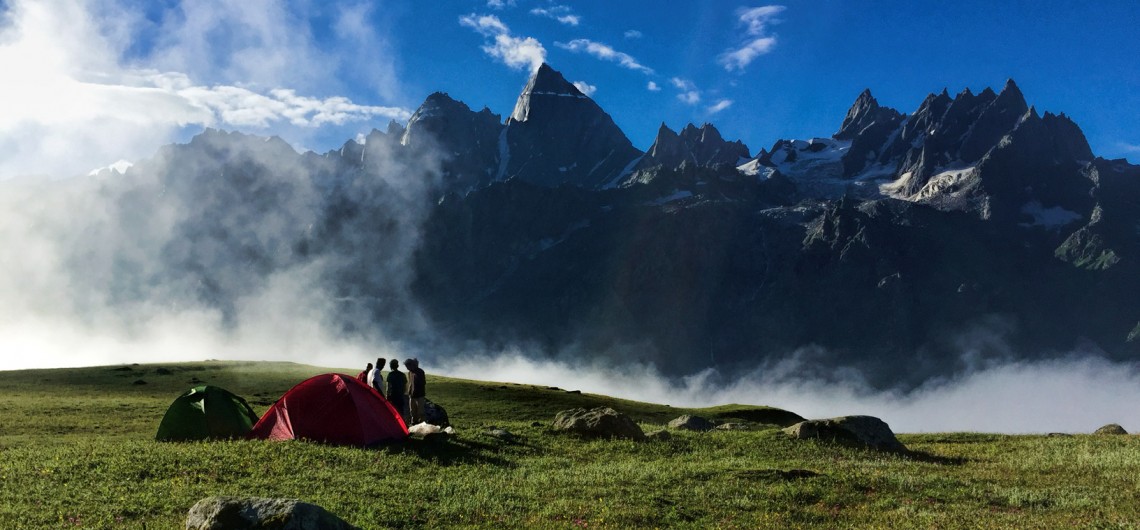One has different shades of blue and snowy peaks to allure you and the other takes you close to the world’s highest peak. Still wondering which teahouse trek to go for first? Everest base camp is a dream for anyone who gets into the flavour of trekking, Everest being the world’s highest scalable mountain peak. Annapurna main of the mighty Annapurna range is the 10th highest peak in the world. Not many know that the toughest peak to scale is also The Annapurna main and not K2.
The Everest is undeniably majestic! The world’s highest mountain overlooks the world from an altitude of more than 29000 feet above sea level. This is the highest you can get without your feet leaving the ground. I have been fascinated by it, ever since I saw it first in my general knowledge book, when I was in school. At that time, I didn’t really know the true magnificence of the giant, but over the years, as I have learnt about Everest and the Everest region, I have become more and more intrigued by it.
It is highly unlikely that you don’t like Hindi movies. And if you have seen those typical love stories of the 90s, wherein Switzerland was a rage as an outdoor location, you must have also seen lush pastures, with the backdrop of mountains. The blog has nothing to do with Switzerland. I’m just giving you a premise to what I am about to tell you ahead. Back to the blog,there may have been times that the Swiss countryside shown on TV seemed so pretty that it made you want to go there. If you ask me, it doesn’t make sense to take an international trip just to see an alpine countryside, but if you really want to see such places, there are ways.
The Scottish-American writer, John Muir once said, “The clearest way into the Universe is through a forest wilderness”.
And man, was he right! What could be a better way for people like us to get close to nature than getting lost in the forests! Truthfully, there’s not much of true nature left around us. Humans have gone everywhere; they have taken over nature and established their empire. Today, sky-piercing towers make the skyline, and bustling, overcrowded metropolises, dominate the landscape. Sometimes, it even gets hard to find a lush public park in cities.
Our routine during winters is lying in bed, curled up in a blanket in front of the television. Year after year, this is how we have spent our winters, and especially our winter vacations. I know it’s not just me, who has been living like this, there’re plenty of others too. But, it’s not our fault! I guess it’s just that there is nothing motivating us to get out of our cocoons, leaving those thick blankets behind, to do something. A few days ago, one of my long-time friends asked me what I was doing during this winter vacation, and this got me thinking. I had no answer for my friend at that moment, but I was in search of it, soon after that.
The end of monsoon is here and winter’s on its way. It’s time again to plan a date with the Himalayas. After exploring the majestic Trishul, Nandaghunti and Dhauladhars in Uttarakhand and Himachal in the summers, it is high time we should look east. By east we mean North-east. And there is no better way to explore Eastern Himalaya than to trek to Goecha La Pass. This trek route brings you up and close to Kanchendzonga Mountains like no other. Kanchendzonga or the sleeping Buddha is the tallest mountain in India and the third highest in the world. Trust me when I say that this trek will surpass all your expectations. The mountains are higher than you have ever seen; the climbs harder than what you have done so far and the weather much colder than what you have experienced so far!
That is why it’s my pleasure to list out a few things to keep in mind to best prepare for Goecha La Trek
Know the trail
The Trek is generally moderate since we climb up to 16000 feet. The trail goes through moss covered forests of chestnut, oak, maple, pine, and magnolia and last, but by no means least, the most popularly known Rhododendron trees. We explore the rich bio diversity of the diverse forests throughout the trekking trail. If lucky you may spot many beautiful birds like Red Billed Leothrix, Rufous vented Yuhina, Fire breasted Flowerpecker, and Silver eared Mesia and many others. One encounters not just Mt. Kanchendzonga but also gets a close up view of Mt. pandim, Kabru and Simovo. It is a perfect place for a naturalist and a mountain worshipper. So keep your cameras ready and a writing pad if you would want to take notes.

Preparation for the best experience
One must remember that it is a trek that goes through tough terrain, so one must be physically and mentally strong to complete this, as in a span of 8 days one walks for about 90 odd kilometres. Especially on the day you cross the Goecha La Pass, it gets long and tiring. One must be able to sustain for about 12 hours of trekking.
In order to make sure that you have the right amount of fitness required for this trek, it is recommended to do cardio exercises like jogging, climbing stairs, and cycling on regular basis. One must attempt to jog 5 kilometres in 30 minutes. If planning to walk on a treadmill, try it on inclined mode for the desired results.
Apart from cardio exercises, one must do regular stretching exercises which will help build the calf, shoulder and hip muscles. It will not be easy to tread on steep slopes no matter how light your backpack. It will cause immense strain to the lower back and hip muscle. Hence a bit of strength building exercises will land you in much better shape on the trek.
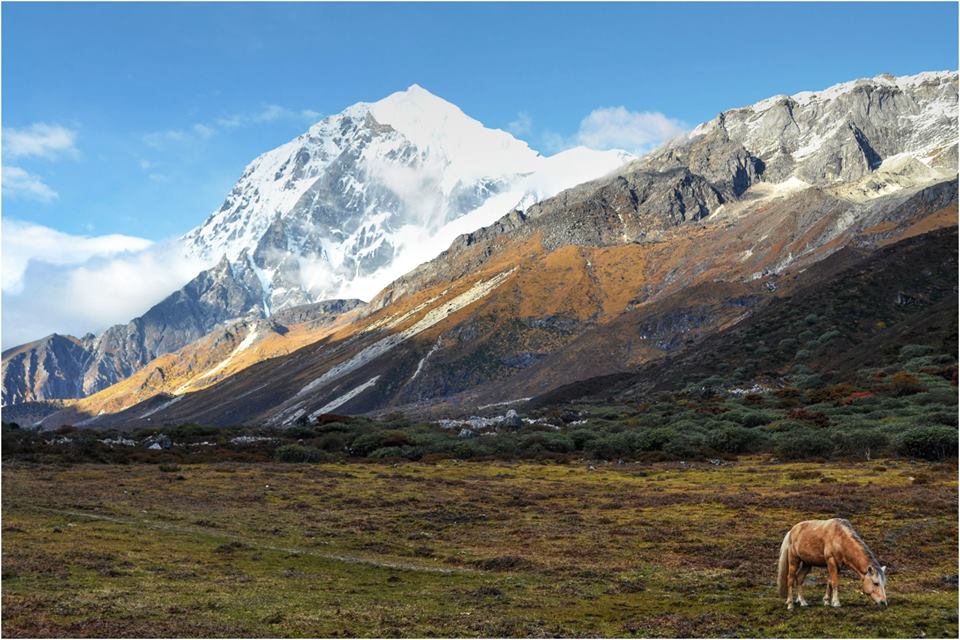
Lastly, if anyone is into yoga, then Pranayama and Asanas really help in fighting Acute Mountain Sickness.
How to pack right
Packing for a trek in summer varies from what needs to be packed for a winter trek. Goecha La in September and October will be much colder than in May. Hence one should pack extra carefully. In post monsoon season, the challenge is mostly with the chilled winds from which we must protect ourselves. Chances of snow, once at the pass, will be there. There might be chances of snow fall on the route as well.
Absolute essentials
- Good quality Trek shoes
- Rucksack not weighing more than 8 kgs
- Clothing in layers – light layers as in full sleeved collared t-shirts with a fleece jacket topped with hollow fill jacket. A Balaclava, water resistant gloves, woollen socks for the nights and cotton socks during the day
- Accessories – Head torch, Sunglasses, toilet kit consisting brush, tooth paste, sun screen lotion, hand sanitiser, trekking poles, water bottle
- Personal medicine kit – should have medicines for fever, cold, stomach upset, acidity, headache, pain killer, Band-Aids
- Miscellaneous – Tissue paper, plastic bags for carrying waste, day pack
- Original and photocopy of government photo identity card (There is no place in Yuksom to get print outs and photocopies)
- Two passport size photos
- Foreigners need to obtain ILP (Inner Line Permit), which you can get outside Bagdogra airport or at the check-post before entering Sikkim from Silguri
- Medical Certificate and Disclaimer (to be filled by the trekker)
- Medical certificate (to be filled by a doctor)
Goecha La – Fun stories
The trekkers hut at Lamuney is considered to be haunted. Many trekkers have had weird experiences while spending a night at the trekkers hut. As far as the stories go, a trekker once was woken up by a strong push on his chest in the middle of the night and when he opened his eyes he saw nothing but felt someone sitting on his stomach. The feeling lasted for some minutes and warded off on its own. Spooky huh? Don’t worry; you get to stay in tents not in the hut 🙂

The day of the cross over to the Goecha La pass from the campsite Lamuney will be the most memorable day of your life. Typically you begin at midnight around 2 AM under the guidance of the starry night sky and ice cold air for your company to reach the first spot from where you get to view the sun rise over Kanchendzonga up-close. The story will not be over at this spot. It is only the beginning. There are many myths about viewpoints in this trek. They are all unique points from where one gets jaw dropping views of the mighty Himalayas. One completes the trek only after reaching the green glacial Goecha Lake. People should not confuse this lake with the Samiti Lake which comes much earlier on the route while coming from Lamuney. The Goecha Lake is the start of Goecha La. It is from this point that you get the views of not just Kanchendzonga but also Mt Pandim, Simovo and the mighty Goecha Peak. It is this place which can be truly called the stairway to Kanchendzonga.
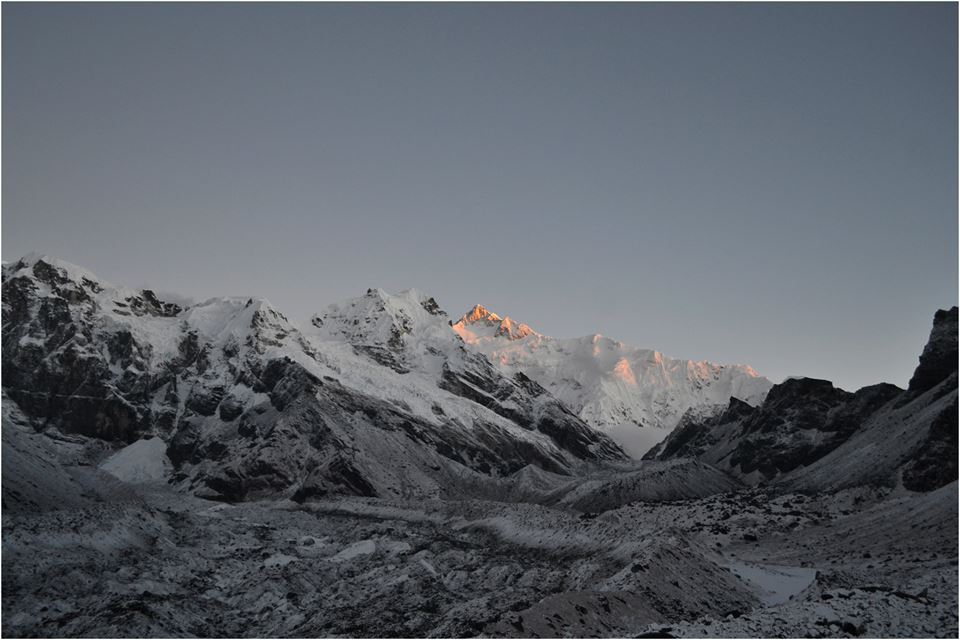
Lastly, Goecha la is a trek very dear to my heart and I insist all to do this trek if intrigued by Eastern Himalayas. No other moderate level trek takes you so close to the mountains that you could feel like you can reach out and touch them. All the fun, thrill and adventure are hidden in the last days of the trek. Ensure to go for it and stay at it!
Updated on: June 9, 2020
What comes to your mind when I say the word, ‘August’? Let me tell you what comes to my mind. As soon as I hear this word, I think of heavy rain showers, cool breeze and greenery. The idea of trekking in August, usually when the monsoon is at its peak, came to my mind when my friend commented in one of our conversations, “You don’t go for trekking during the monsoon!” My spontaneous reply to him was “Why not?”, and then he was silent.
The question sure may have got him thinking, but I was thinking a lot about it too. Why do people not go for trekking in August, which is only beautiful and soothing? That day, as soon as I reached home, I started researching on “trekking in the monsoon.” My search made me realise something.
Exciting Treks in August Click Here to Explore!
Reading has always been my most favourite thing to do. I remember reading with a torch inside the sheet, way past my bedtime as a kid. Even today, no matter how busy I am in life, I never go to sleep without a book. And when someone reads as much as I do, it becomes impossible for them to not want to travel. In my experience, all my bookworm friends, (that is quite literally all my friends) are fond of travelling. The inverse might not be true; all travellers may not be readers, but trust me when I say that almost all readers are travellers and backpackers. When we read something, our mind creates images of those things side by side and therefore all these years of reading about faraway places has awakened a side of me that craves adventures in unknown places. Though I have not travelled as much as I would like to, owing to demands of school and work, whenever I can squeeze out a break of a few days, I totally go for it. And when I do get to travel, I almost always find myself planning a trip to the mountains.
One of my very first getaways to the mountains was in Manali. It was the second year of my college, and I was just getting used to my new-found freedom! So three of my buddies and I decided to spend a few days of our semester-end break doing nothing, but travelling. It is important to mention that since we were quite young and inexperienced, we chose a destination closer to home and Himachal Pradesh was as far as we could have gone from Delhi at that time. Nonetheless, it was a dream-come-true for all of us as this was our first vacation ever without the constant restrictions imposed by our parents! Upon reaching Manali and spending two days in sightseeing and clicking thousands of pictures, we started to look for something else, something more adventurous to do. And when you are in the mountains for the first time, there is nothing better than trekking to give you that sweet taste of adrenaline. Dev Roopa trek’s surreal beauty helped us zero in on the destination and what came then is still etched in my memory.
Read on to know more about this trek on which nature presents itself clad in its finest of attires.

